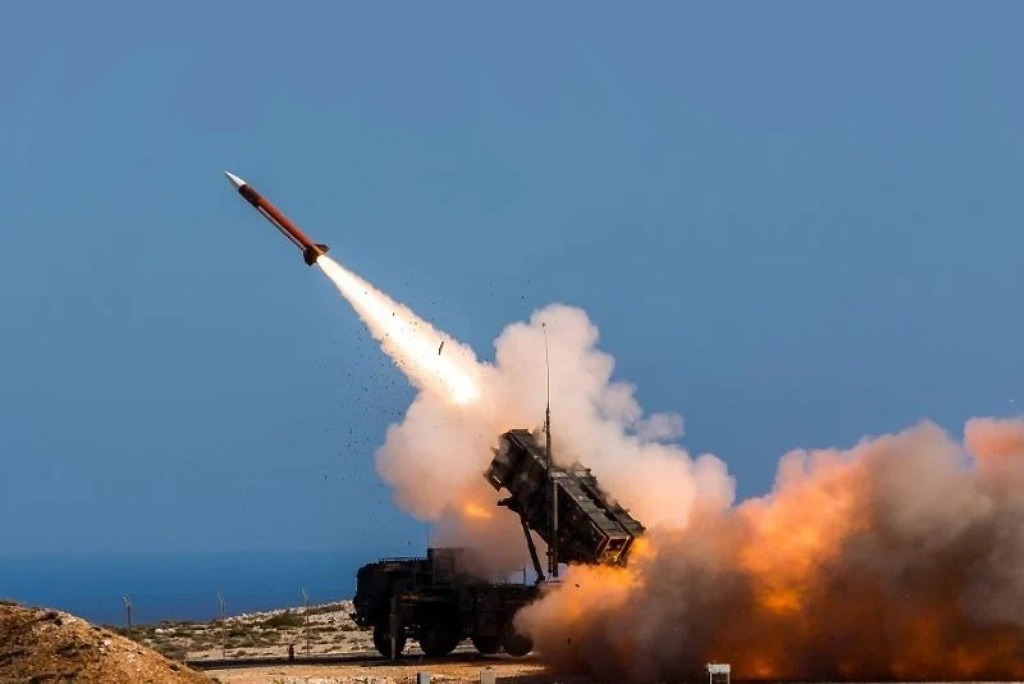Strategic Targets for Ukraine’s Offensive Against Russia
Recent analysis from defense experts suggests that Ukraine could significantly undermine Russia’s military capabilities by targeting a selection of critical infrastructure. This evaluation, provided by researchers from Hudson Institute, outlines a strategic framework for Ukraine’s military planning aimed at weakening Russian warfighting operations and raising the political consequences of its continued invasion.
Identifying High-Value Targets
The Hudson Institute’s report identifies eight vital targets for Ukrainian forces that could substantially degrade Russian operational effectiveness. Among these targets are:
-
Volga-Don Canal: This 63-mile waterway not only serves as a crucial maritime route for Russian logistics but also facilitates arms transfer from Iran to Russia. While striking the canal’s locks poses technical challenges, a successful engagement could deliver a substantial geopolitical setback to Moscow.
-
Joint Russo-Iranian Drone Manufacturing Facility: Located in Tatarstan, this facility produces Shahed drones used in assaults on Ukrainian urban areas. Disrupting the power supply from regional energy sources, particularly the Nizhnekamsk Thermal Power Plant, could incapacitate the facility’s operational capability.
-
Cross-Border Chokepoints with China: Key border transit points such as Manzhouli–Zabaykalsk and Suifenhe–Pogranichny are vital for shipments of electronics and supplies that bolster Russian military efforts. Identifying and targeting weaknesses in these chokepoints could critically impede supply lines.
-
Critical Bridges: The report underscores the strategic importance of several bridges connecting Russian-occupied Crimea to the mainland—most notably the Kerch Bridge. A successful operation aimed at these infrastructures would hinder Russian logistics significantly.
-
Rail Infrastructure: As rail transport is paramount for Russian troop and supply movements, dismantling railway bridges and key infrastructure nodes could create a cascading effect of logistical bottlenecks, complicating Russian resupply efforts throughout the Western Military District.
-
Ochamchire Naval Base: Positioned in Abkhazia, this emerging naval installation is at risk due to its relative under-fortification. Engaging this site could signal Ukrainian air capabilities and further limit Russian maritime operations in the Black Sea.
-
Pacific Fleet Bases: Although geographically distant, attacking bases in Vladivostok via containerized drone operations presents an opportunity for Ukraine to challenge Russian naval force deployments, even from thousands of miles away.
-
Transnistria: The small, Russian-backed enclave within Moldova hosts approximately 1,500 Russian personnel. Targeting this strategic territory could relieve pressure on Ukrainian ports, notably Odessa, although logistical challenges remain.
Implications of Targeting
-
Economic Disruption: A coordinated strike on the Volga-Don Canal and central rail networks could cause significant disruption to Russia’s trade and military logistics.
-
Geopolitical Consequences: Hitting these targets would not only impact Russia’s military readiness but could also instigate a reassessment of its broader strategic posture, thereby affecting operational capabilities far from Ukraine.
-
Enhancing Ukrainian Leverage: Successful operations in Transnistria could shift the balance of escalation dominance in Ukraine’s favor, providing additional leverage to negotiate or continue military operations.
Final Considerations
While the prospect of launching a multifaceted offensive towards these targets is ambitious, it possesses the potential to yield considerable strategic dividends for Ukraine. Prioritizing the accumulation of modern weaponry, specifically munitions adept at disabling crucial infrastructure, will be critical to the success of this operational framework.





